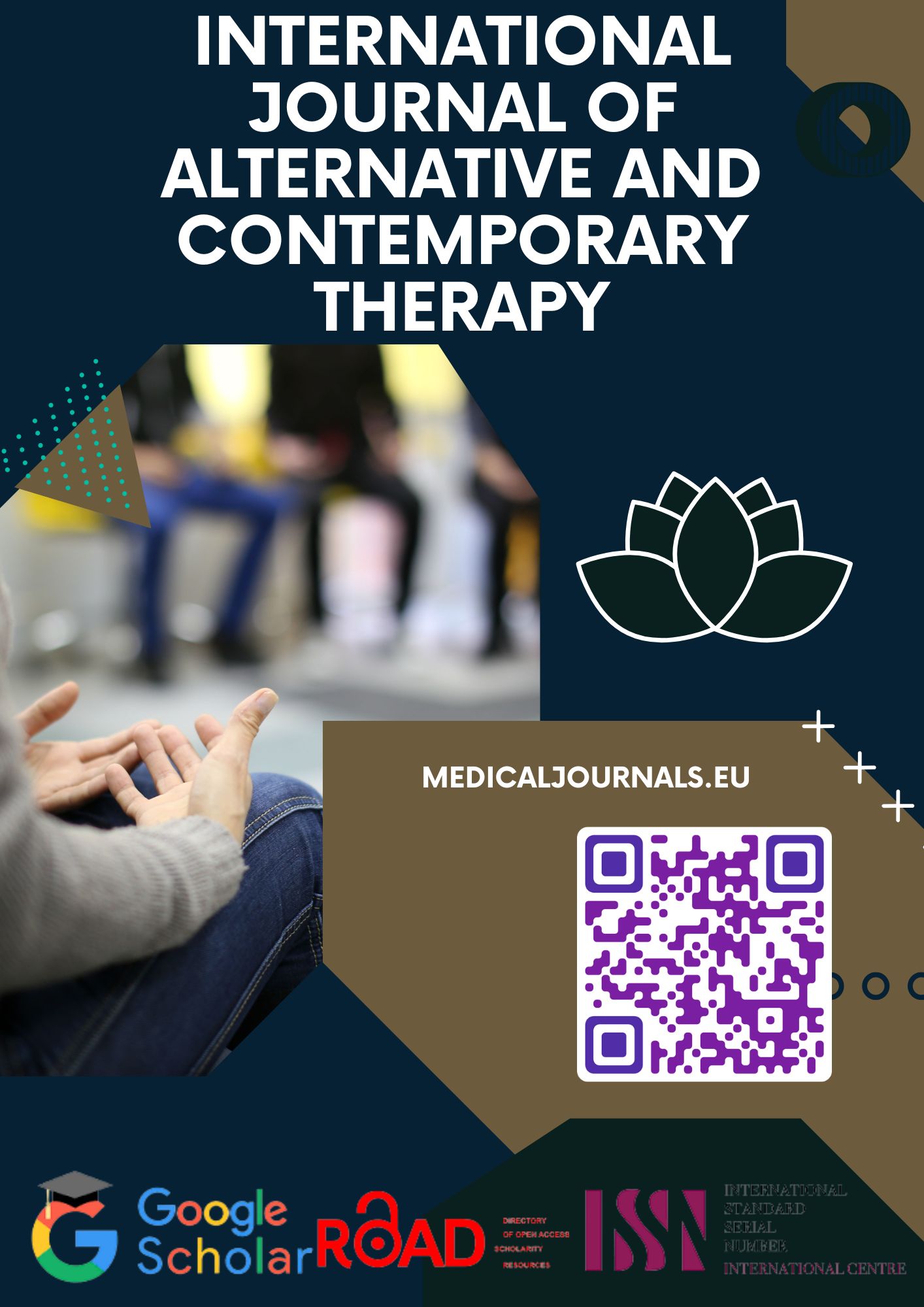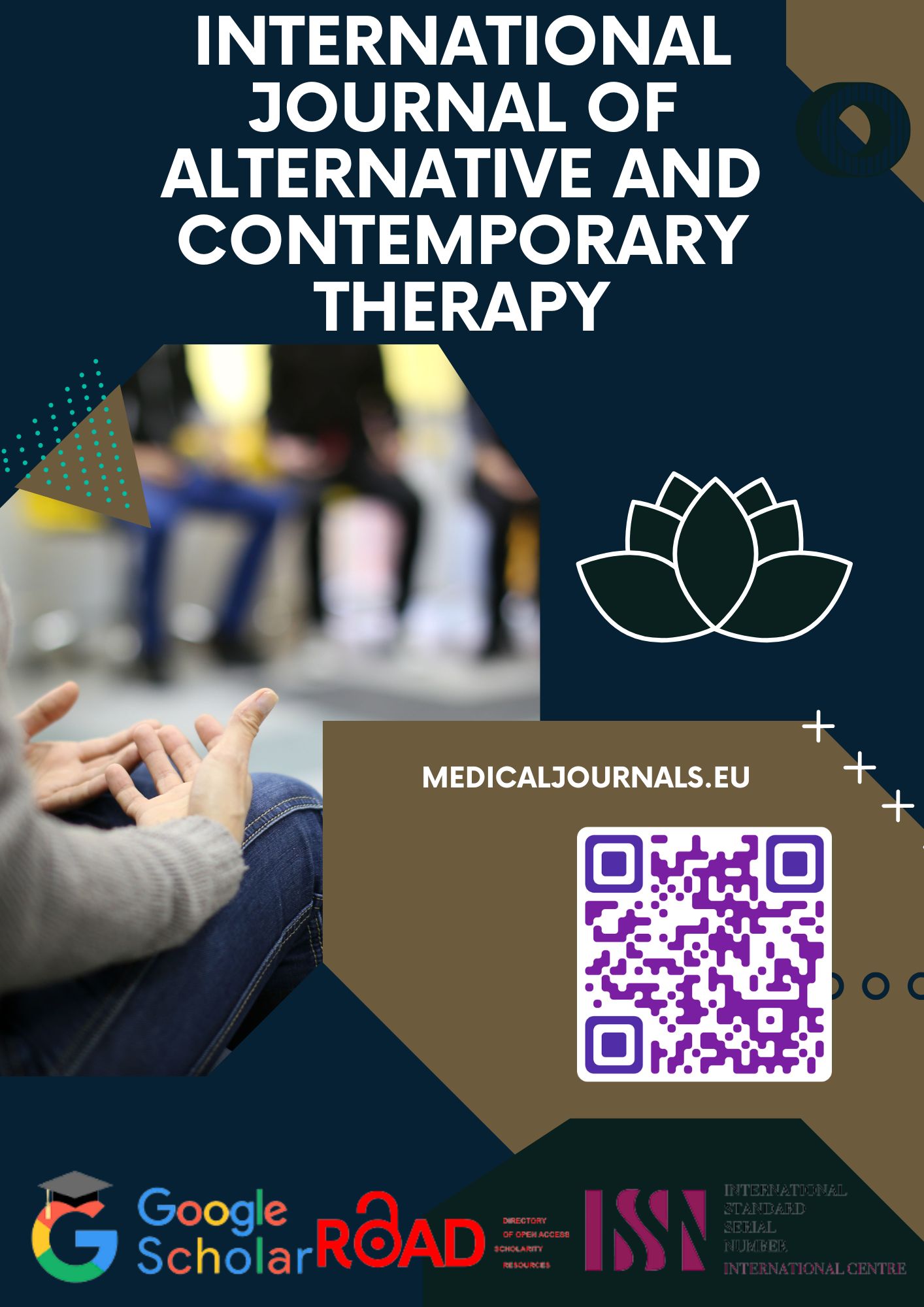PHYSIOLOGICAL CHANGES DURING POSTOPERATIVE REHABILITATION IN WOMEN WHO UNDERWENT CESAREAN SECTION
Keywords:
Cesarean section, operation, natural childbirth, step-by-step rehabilitationAbstract
Management of post-cesarean infections is considered the responsibility of secondary care, but because most women are discharged within a day or two, hospital-acquired infections are rare. Therefore, the provision of assistance falls on the shoulders of community services. It is important that NHS trusts, clinical commissioning groups (CCGs) and health committees agree on a common approach to care that optimizes patient care and minimizes administrative and financial burden.
Cesarean section (CS) is probably the most common major surgery performed on women in the world. 1 The proportion of births with CS in England has increased significantly over the past 30 years, from 9% in 1980 to 25.5% in 2012/13. 2,3 There are many possible ways to perform surgery, and operative techniques vary depending on many factors, including the clinical situation and the preference of the operating surgeon. 1 Surgical site infection and suture dehiscence are among the potential complications of CS, and although most wound infections associated with CS are superficial, given the large number of women undergoing this procedure, they represent a health will be a big load on the storage system. 2









